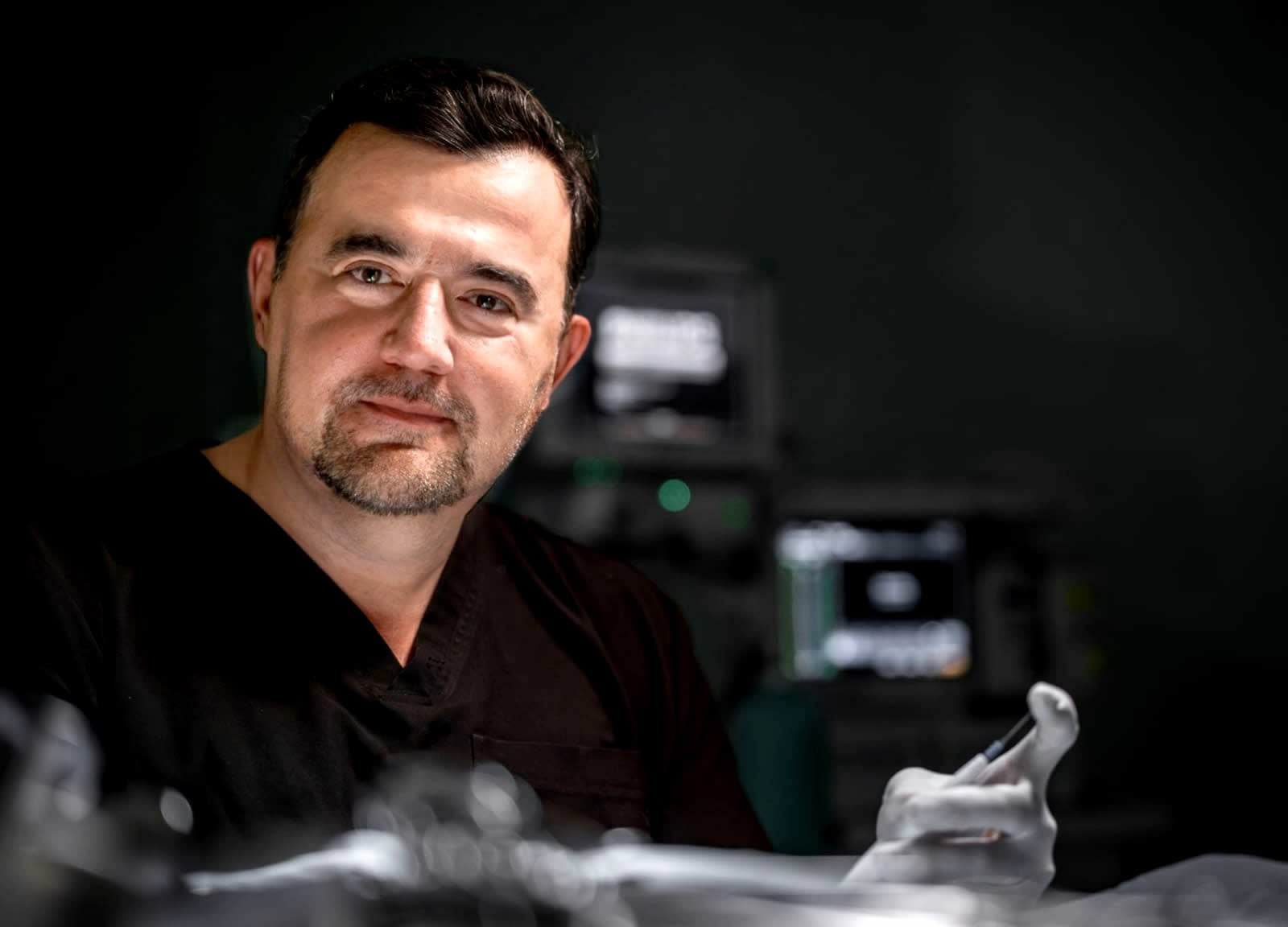

Varicose veins are swollen, twisted veins that you can see just under the skin. They usually occur in the legs, but also can form in other parts of the body.
Your veins have one-way valves that help keep blood flowing toward your heart. If the valves are weak or damaged, blood can back up and pool in your veins. This causes the veins to swell, which can lead to varicose veins.
Varicose veins are very common. You are more at risk if you are older, are female, have obesity, don't exercise, or have a family history of varicose veins. They can also be more common in pregnancy.
Doctors often diagnose varicose veins from a physical exam.
Sometimes you may need additional tests.
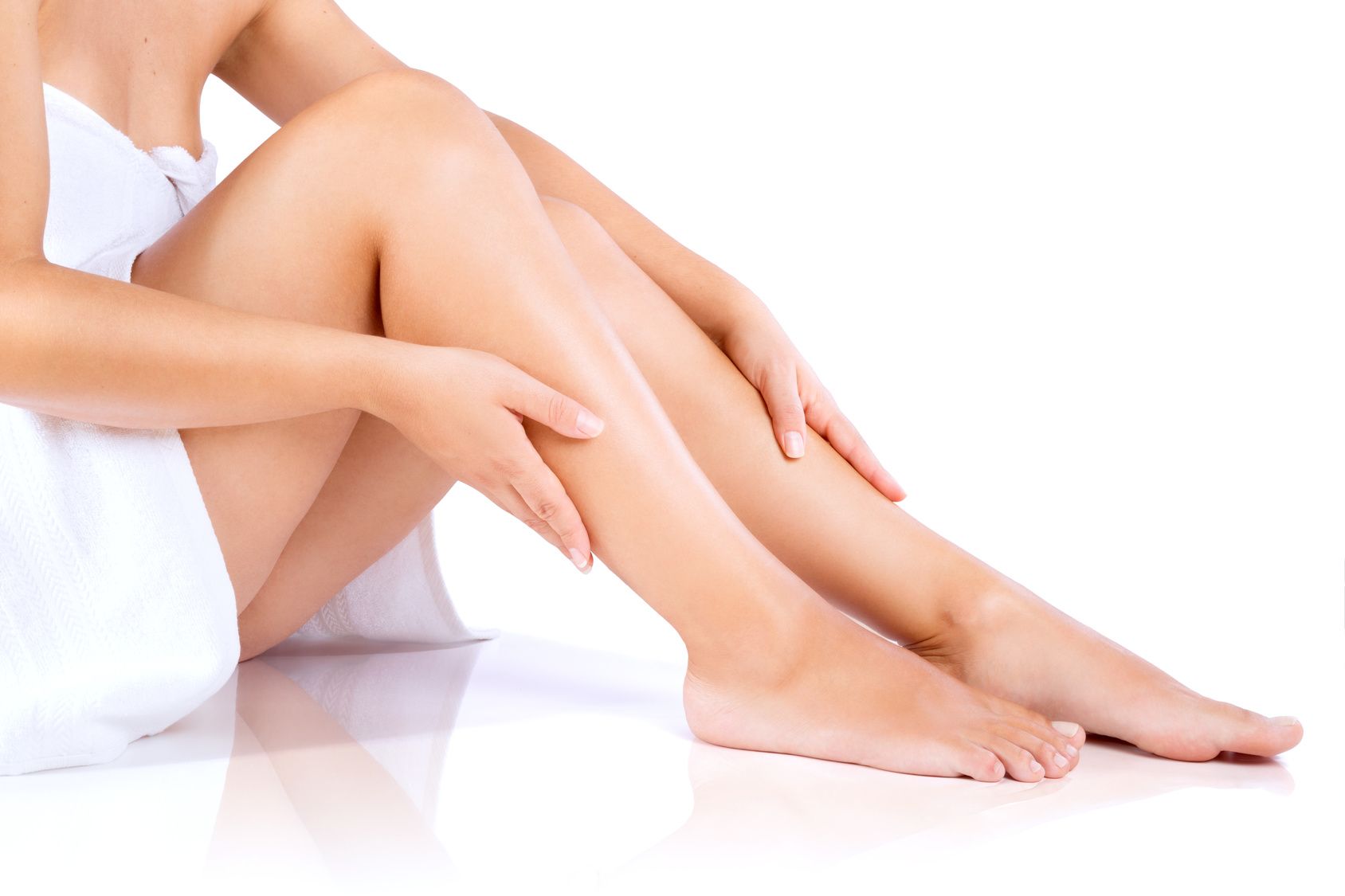
Any condition that puts excessive pressure on the legs or abdomen can lead to varicose veins. The most common pressure inducers are pregnancy, obesity, and standing for long periods. Chronic constipation and -- in rare cases, tumors -- also can cause varicose veins.
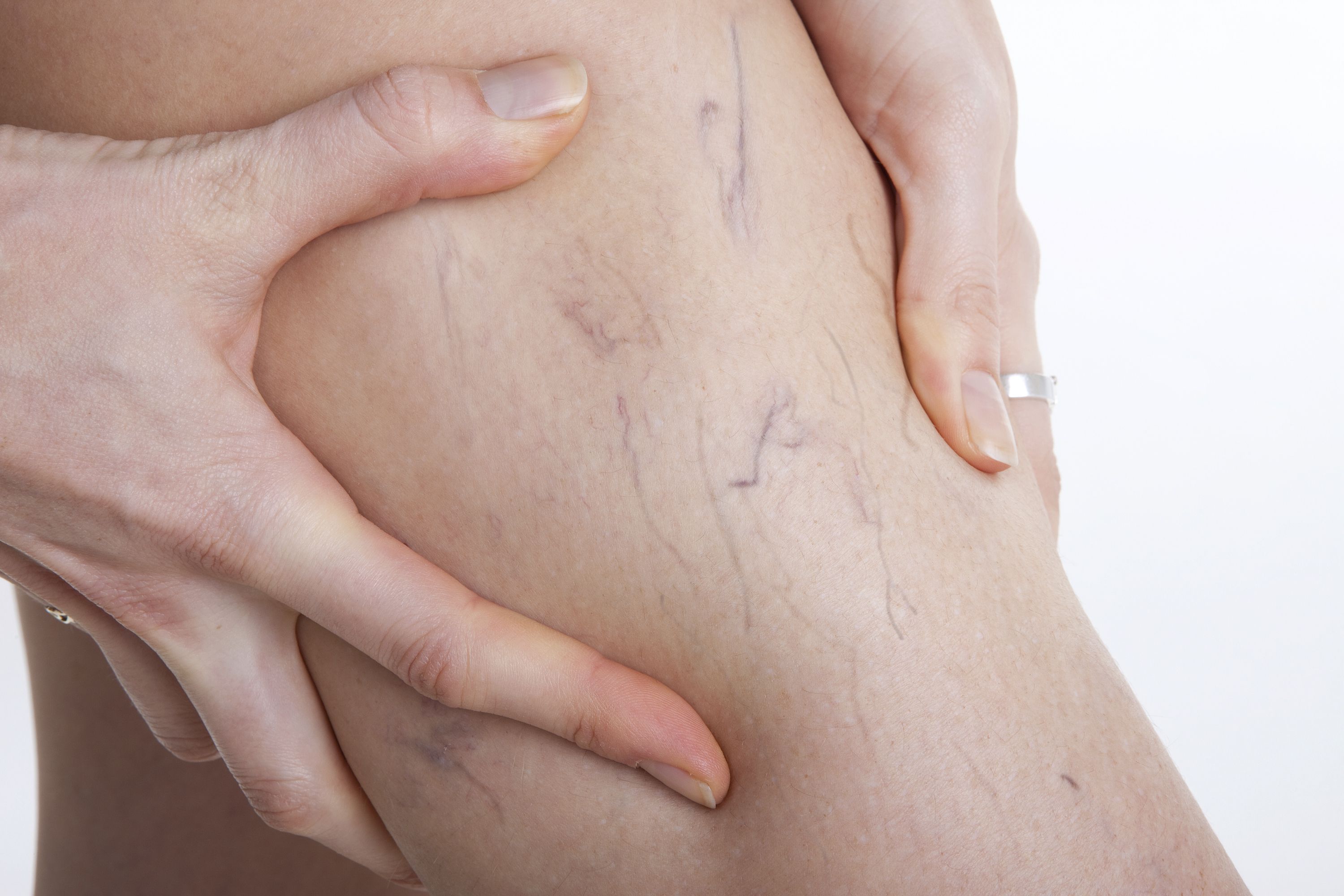
The signs and symptoms of varicose veins include:
Large veins that you can see just under the surface of your skin.
Mild swelling of your ankles and feet.
Painful, achy, or "heavy" legs.
Throbbing or cramping in your legs.
Itchy legs, especially on the lower leg and ankle. Sometimes this symptom is incorrectly diagnosed as dry skin.
Discolored skin in the area around the varicose vein.
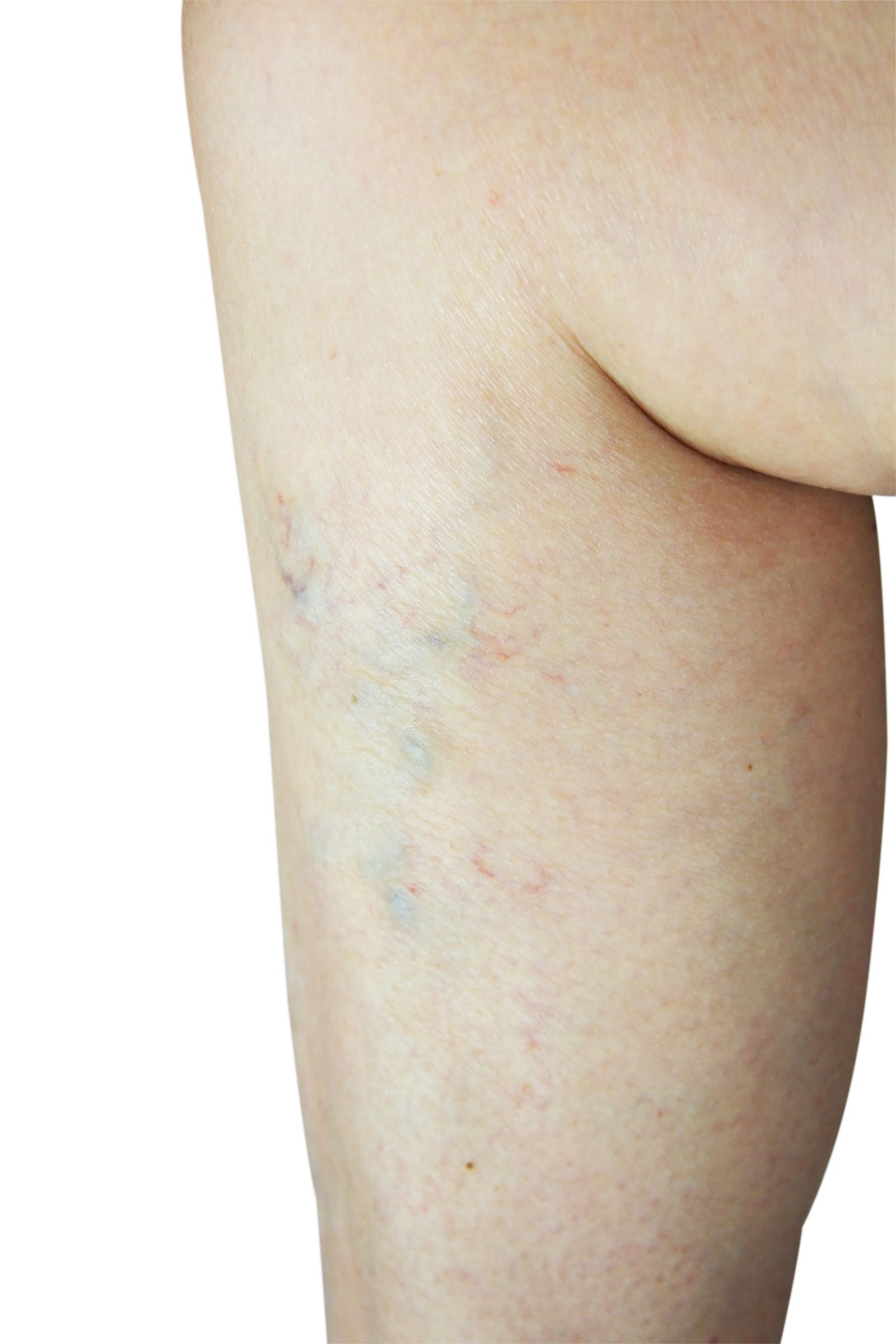
You can't prevent varicose veins from forming. However, you can prevent the ones you have from getting worse. You also can take steps to delay other varicose veins from forming.
Avoid standing or sitting for long periods without taking a break. When sitting, avoid crossing your legs. Keep your legs raised when sitting, resting, or sleeping. When you can, raise your legs above the level of your heart.
Do physical activities to get your legs moving and improve muscle tone. This helps blood move through your veins.
If you're overweight or obese, try to lose weight. This will improve blood flow and ease the pressure on your veins.
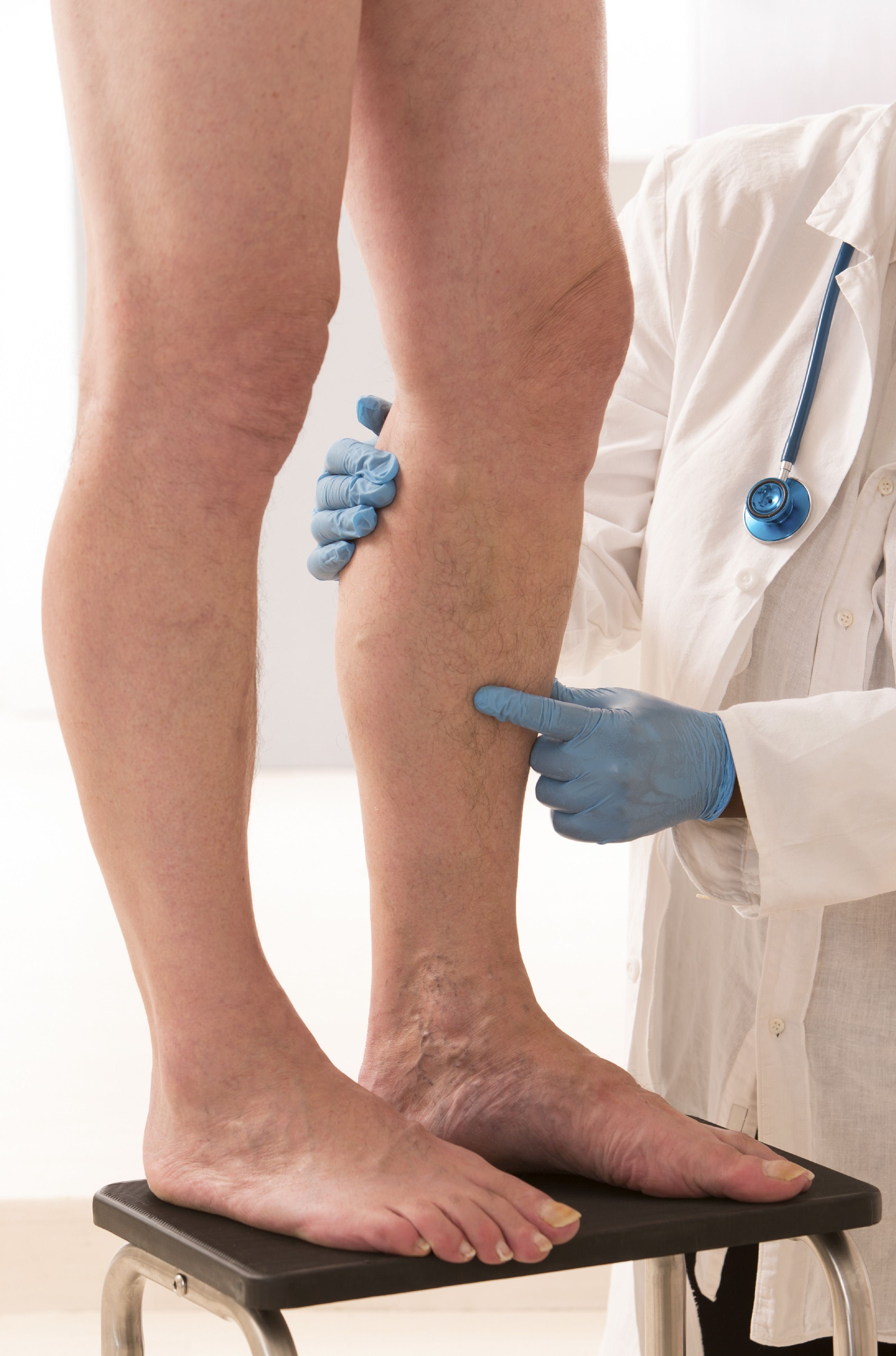
There are several types of varicose veins, such as:
Trunk varicose veins – these are near to the surface of the skin and are thick and knobbly; they're often long and can look unpleasant
reticular varicose veins – these are red and sometimes grouped close together in a network.
Telangiectasia varicose veins – also known as thread veins or spider veins, these are small clusters of blue or red veins that sometimes appear on your face or legs; they're harmless and, unlike trunk varicose veins, don't bulge underneath the surface of the skin.
We have state of the art technology for varicose veins removal.
Thanks for sharing this site with your friends and family